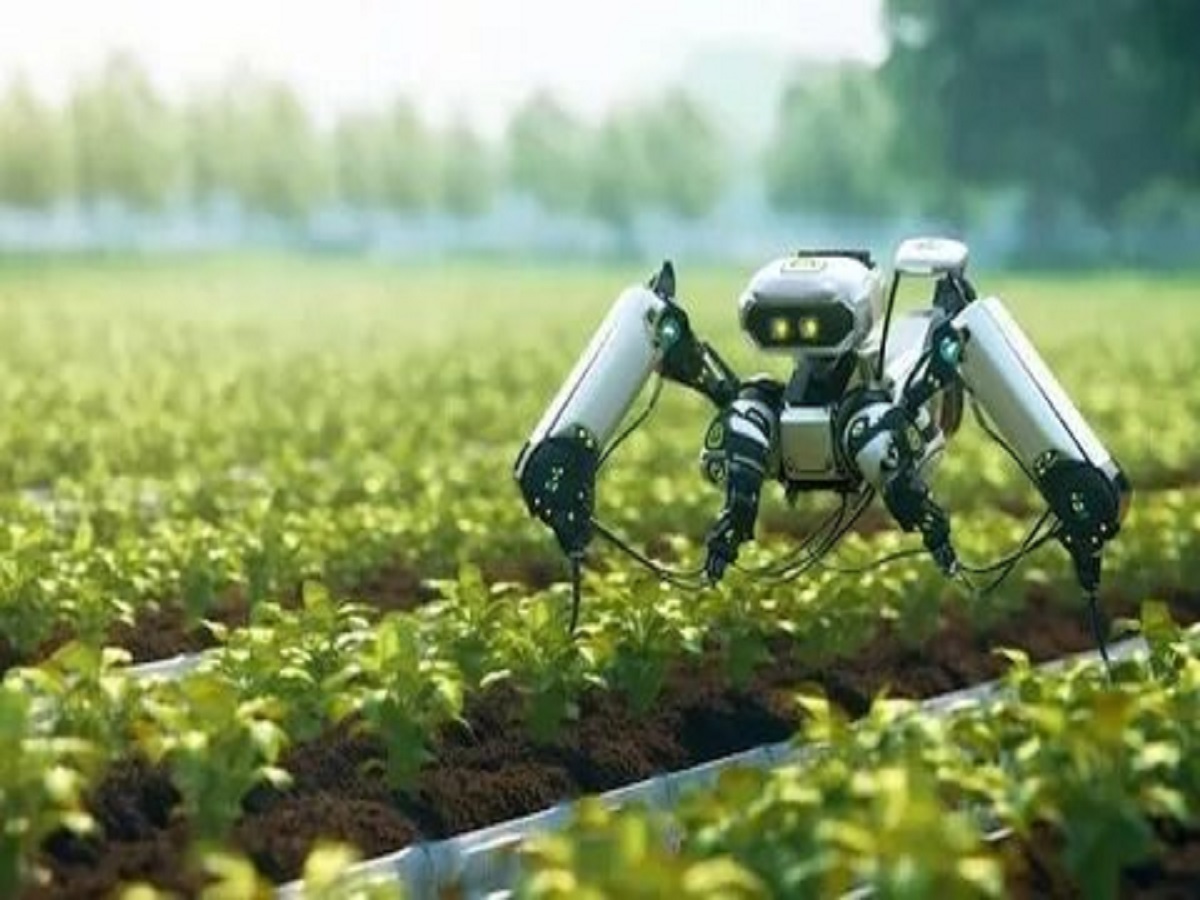Harvesting Technology Market Expands Driven by Energy Harvesting Innovations and Agricultural Automation

DataM Intelligence’s detailed report, “Harvesting Technology Market Size, Share, Industry, Forecast & Outlook (2024–2031),” reveals that the Harvesting Technology Market reached US$ 17.25 billion in 2023 and is projected to grow to US$ 27.08 billion by 2031, reflecting a CAGR of 5.8% over the forecast period. This growth is fueled by innovations in light energy harvesting, vibration harvesting, and other energy-harvesting technologies, which are increasingly being integrated into both agricultural and renewable energy systems.
Harvesting technologies—such as thermoelectric, radio frequency, and vibration energy harvesters—are becoming critical in enabling self-powered wireless sensors, precision agriculture systems, and remote IoT applications where traditional power sources are unavailable or impractical.
Get a Free Sample PDF Of This Report (Higher Priority for Corporate Email ID):
https://www.datamintelligence.com/download-sample/harvesting-technology-market?sai-v
Market Segmentation Insights
The market is segmented by technology (light energy harvesting, vibration energy harvesting, frequency energy harvesting, thermal energy harvesting, radio frequency energy harvesting), by components (power management integrated circuits, storage system, transducers, sensors, others), by application (horticulture, greenhouse farming, crops, others), and by region (North America, Europe, Asia-Pacific, South America, Middle East & Africa).
-
Light energy harvesting is seeing strong demand due to widespread adoption of solar-based IoT sensors.
-
Vibration energy harvesters are particularly attractive for agricultural machinery and mobile sensors.
-
In the components segment, power management ICs and storage systems dominate as essential modules for efficient energy capture and use.
Regional Insights
-
North America leads the market, driven by advanced agricultural technology infrastructure, high adoption of precision farming, and continuous R&D investments.
-
Asia-Pacific is projected to experience the fastest growth, supported by increasing agritech investments, smart greenhouse penetration, and government incentives for energy-efficient farming.
-
Europe is also growing steadily, with strong regulatory push toward green energy solutions and sustainable agricultural practices.
Industry Trends & Recent Developments (2025)
-
Increased deployment of self-powered IoT sensors in farming environments using thermoelectric and RF energy harvesting.
-
Growth in wireless sensor networks for greenhouse monitoring, enabled by vibration and light-based harvesting.
-
Rise in hybrid harvesting solutions combining solar, thermal, and vibration mechanisms to maximize energy capture.
-
Enhanced power management circuits to improve the efficiency and longevity of energy-harvesting devices.
-
Strategic partnerships between semiconductor companies and agritech firms to develop integrated harvesting-powered systems for precision agriculture.
Competitive Landscape: Key Players
Prominent companies in this market include Analog Devices, Inc., EnOcean GmbH, ABB, Fujitsu, Ag Leader Technology, Keetronics (India) Pvt. Ltd., Microchip Technology Inc., Mide Technology Corp, E-Peas SA, and Powercast Corporation, among others. These firms are focusing on R&D, miniaturization of harvesters, and integration of harvesting modules into agricultural devices.
Strategic Outlook
The Harvesting Technology Market is well-positioned for sustained expansion as demand for self-powered agricultural sensors and automation proliferates. Future opportunities lie in miniaturized, multi-source energy harvesters, AI-driven sensor networks, and hybrid harvesting systems that combine several energy modes (solar, vibration, thermal) for robust, maintenance-free operation. Companies investing in ultra-low-power designs, smart power management, and modular harvesting units will likely lead the market.
Research Methodology
DataM Intelligence uses a rigorous research methodology that includes primary interviews, secondary data analysis, market modeling, and data triangulation. The report evaluates global trends in harvesting technologies, competitive dynamics, regulatory landscapes, and component-level innovation across the 2024–2031 forecast period.
- Art
- Causes
- Crafts
- Dance
- Drinks
- Film
- Fitness
- Food
- Jocuri
- Gardening
- Health
- Home
- Literature
- Music
- Networking
- Alte
- Party
- Religion
- Shopping
- Sports
- Theater
- Wellness


